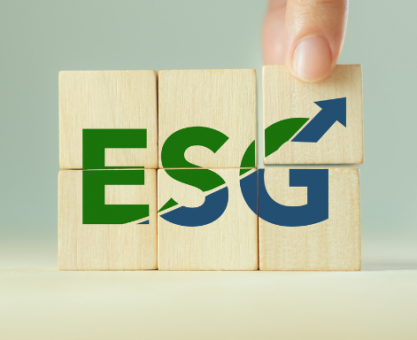Executive Summary:
-
Explore the evolving landscape of green bonds and their significance for sustainable finance.
-
Gain insights into innovative structures and trends in the green bond market.
-
Understand the potential challenges and compliance considerations for green bond issuance.
-
Discover practical steps for engaging with green bond investments.
-
Learn from case studies and expert insights to maximize returns from green bonds.
Introduction
In an era where climate change is at the forefront of global concerns, sustainable finance has emerged as a pivotal force for driving environmental progress. Among the various tools available, green bonds are gaining momentum as a preferred choice for investors looking to align financial returns with sustainable impact. But what innovations are shaping the future of green bonds? This article delves into the top green bond innovations to watch in 2025, offering insights for investors, corporates, and policymakers eager to stay ahead in the green finance revolution.
Definitions / Context
Green bonds are fixed-income instruments specifically earmarked to raise capital for projects with environmental benefits. They play a crucial role in financing renewable energy, energy efficiency, and sustainable infrastructure projects. As green bonds continue to gain traction, innovations in their structure and application are setting new benchmarks for sustainable finance.
Benefits / Pros
-
Enhanced Marketability: Green bonds offer issuers a unique branding opportunity, potentially attracting a wider investor base due to their environmental appeal.
-
Favorable Pricing: Investors are often willing to accept lower yields in exchange for the positive environmental impact, potentially reducing the cost of capital for issuers.
-
Regulatory Support: With increasing global emphasis on sustainability, governments and regulatory bodies are providing incentives for green bond issuance.
Risks / Cons / Challenges
-
Greenwashing Concerns: The authenticity of green projects can be questioned, leading to reputational risks if bonds are not aligned with genuine environmental goals.
-
Complex Reporting Requirements: Issuers face stringent reporting and verification processes to ensure transparency and accountability.
-
Market Volatility: Like all fixed-income securities, green bonds are subject to interest rate fluctuations and market variables.
Step-by-Step Process
How to Issue Green Bonds:
-
Identify Eligible Projects: Ensure projects meet established green criteria.
-
Develop a Framework: Outline the use of proceeds, project evaluation, and reporting mechanisms.
-
Obtain Certification: Engage third-party verifiers to certify the bond’s green credentials.
-
Market the Bond: Highlight the environmental impact to attract sustainability-focused investors.
A leading European utility company issued a green bond to finance its wind energy expansion. The bond attracted significant interest, allowing the company to secure funds at a competitive rate. The success was attributed to transparent reporting and third-party certification, which built investor confidence.
— European Wind Energy Green Bond
Expert Tips / Strategic Insights
-
Epiidosis recommends: Engaging with reputable third-party verifiers to enhance credibility and investor trust.
-
Stay Informed: Keep abreast of regulatory changes and emerging trends in the green finance sector to leverage new opportunities.
-
Diversify Investments: Consider integrating green bonds as part of a broader sustainability-focused portfolio for balanced risk and return.
Tools / Resources / Calculators
-
Green Bond Principles: Follow guidelines set by the International Capital Market Association (ICMA).
-
Carbon Footprint Calculators: Use tools to assess the environmental impact of projects funded by green bonds.
-
Sustainability Reporting Software: Streamline data collection and reporting processes for green bond projects.
Conclusion
Green bonds are poised to play a pivotal role in the transition to a more sustainable future, with innovations in 2025 setting the stage for increased adoption and impact. By understanding the benefits, navigating the challenges, and leveraging expert insights, investors and issuers can effectively harness the potential of green bonds in their sustainability strategies.






















